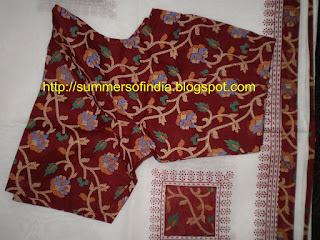The day..26th of November 2008 ...can any Indian forget? All of us still remember the events as if it just happened yesterday. Terrorist attacks in Mumbai killing so many people and officers, the whole nation in fact the whole world watched the horror..we just could not sleep. All of my family friends, relatives, colleagues, neighbors were glued to our TV sets and just watched through the horrific incidents unfolding in front of our eyes.
Unbelievable, agitated, frustrated, angered and what else? There are no words to descibe our feelings at that time. Even today, its a wound not healed.
May the souls of all those who lost their lives during the events rest in peace. Some of our best officers lost their lives fighting for the country on that day. May their souls rest in peace and May God give the stregth to their families in coping up with their losses.
My family, friends and relatives have assembled at my place to pray for all those people who lost their lives or lost their kith, kin or friends and are grieving.
In this hour we need to join hands across the various barriers of caste, creed, race, culture, languages, and countries and any other differences to stay united and pray for peace and happiness. We are all humans and thus ONE. We have a right to happiness and peace. Say NO to Violence be it any type, NO to Discrimination being any type and NO to Terrorism. Let us all resolve our petty differences, being God's creation and stay together. We Indians believe in Vasudaiva Kutumbikam ie Universal family...after all world is but a huge family......
There are so many other issues like poverty, illiteracy, malnutrition, diseases, pollution, saving our planet and so many more against which we have to fight. Why waste our time, energies and precious resources in all other petty issues?
Let us join hands to make this planet a beautiful place to live in...just by doing what ever little we can every day every second....be it a small word of kindness..a small hand stretched forward to help the down trodden......a little smile to gladden a heart which is grieving, a little pat on the back ..a finger to wipe away the tears..a hug....just a little.... just a second ....but it can make a BIG difference....









